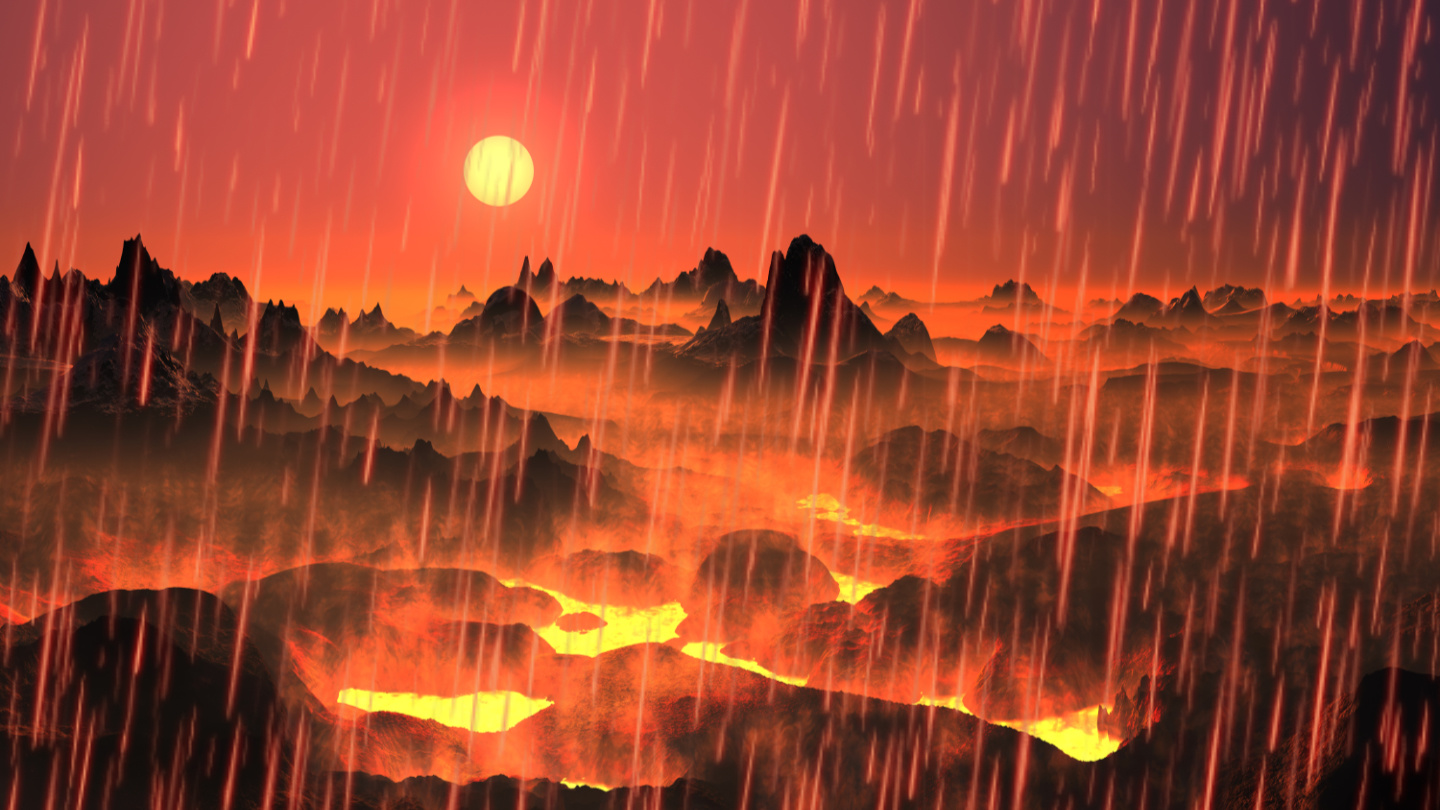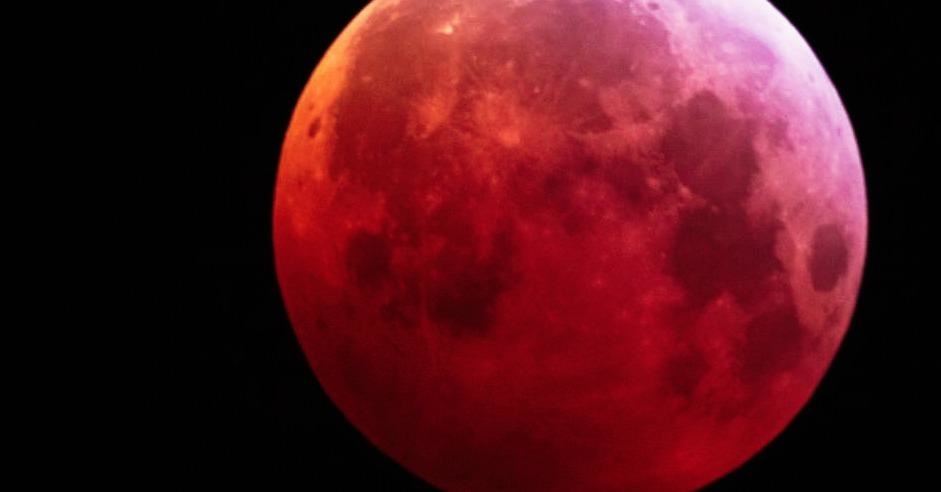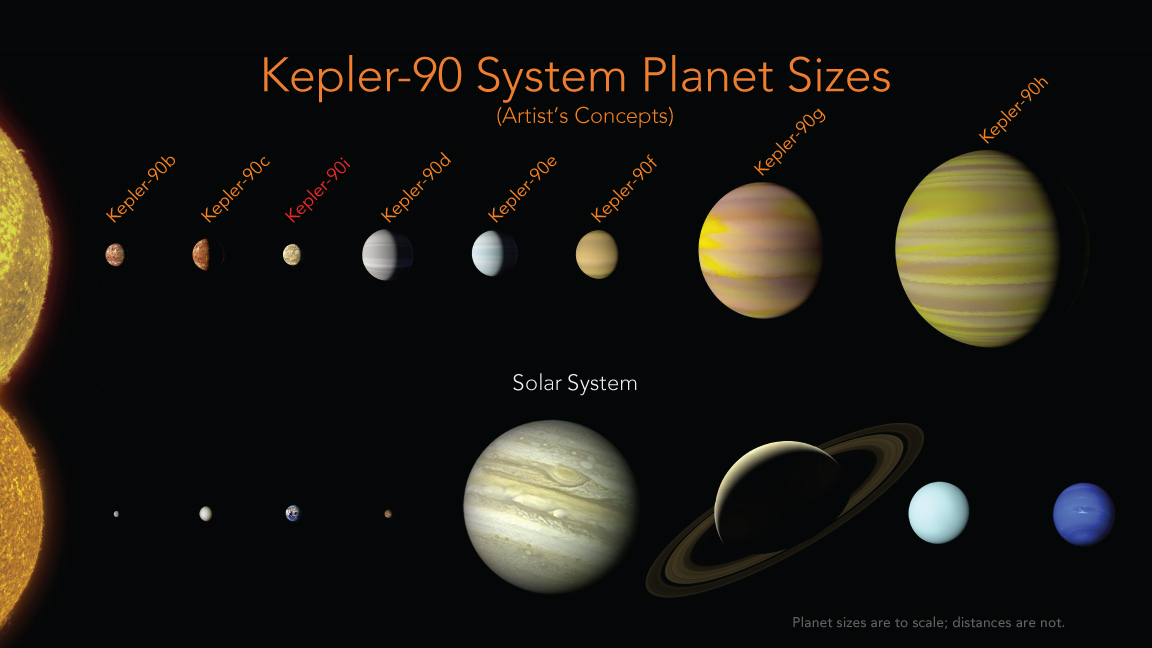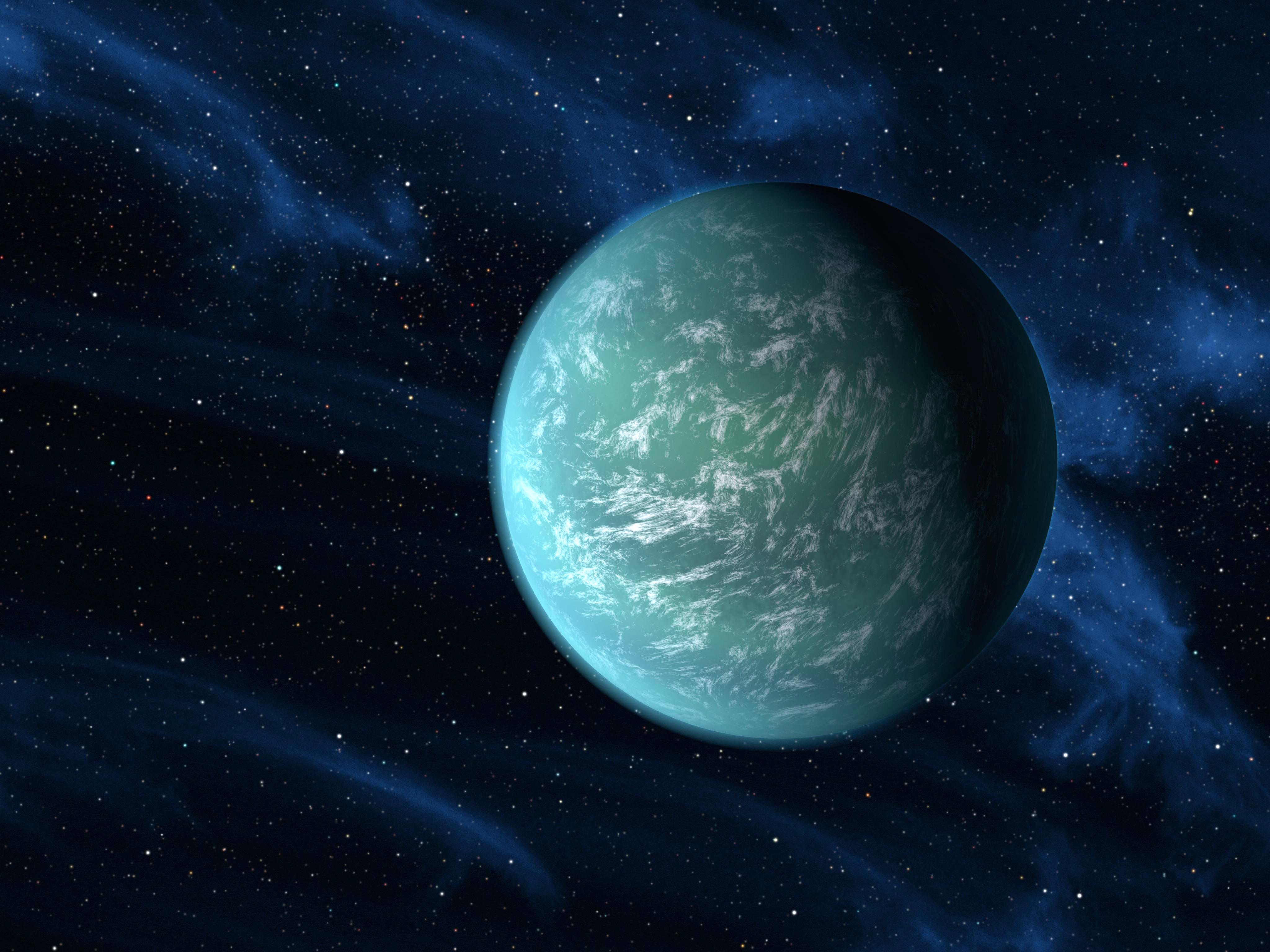exoplanet
The ESO finds another exoplanet that’s definitely not a place for us to go.
She may not be ours forever.
A machine learning algorithm has shown it can discover planets from weak signals overlooked in the Kepler spacecraft’s database.
Scientists release observation data from 1,600 stars in hopes the public can help find planets that orbit stars outside our solar system.



